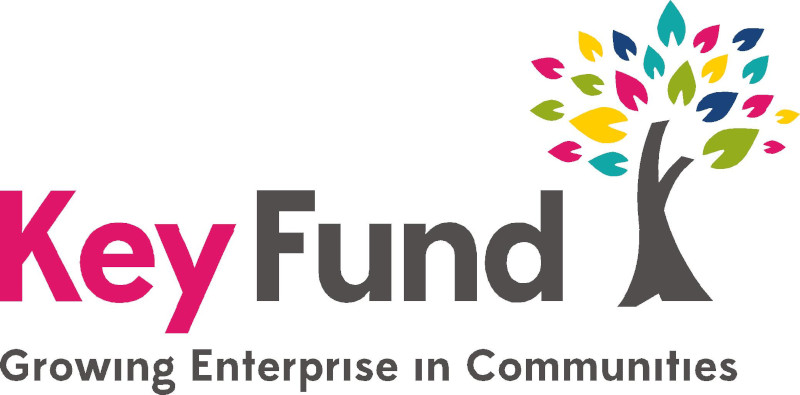The content your business creates for your website is of significant value. Thoughtful articles, assertive blog posts and insightful infographics can help attract customers. That's why content marketing has become so popular
It takes time and effort to research and create content that's truly valuable. But once published, there's little to stop people copying it for their own use.
Quite aside from the potential for commercial damage, seeing something that took weeks to create pop up on a competitor's website can make your blood boil.
So, how can you check whether your content - which is your intellectual property - is being stolen or plagiarised? And what can you do to stop it?
What the law says
When it comes to content on the internet, the law is clear. If you created it, you own the copyright. You decide how and where that content can be used.
Placing something online does not automatically give anyone the right to take it and use it. They need your permission.
How to find plagiarised content
The internet is a big place, which means identifying plagiarised content can be tricky.
If a competitor has been 'borrowing' your content then you might stumble upon it. Or people you know might tell you if they see your work in an unusual place.
However, there are a number of ways to monitor for content plagiarism proactively:
- Google. Copy a distinctive sentence from your website, then paste it into the Google search box, surrounded by quotes (""). When you search, Google will show a list of websites that contain that exact phrase.
- Copyscape. This plagiarism checker looks for copies of individual web pages. Just visit the Copyscape site, then paste in the address of one of your web pages. It'll show any duplicates it identifies.
- TinEye. If you want to see whether your images or photos are being used elsewhere, upload an image or paste its address into the TinEye home page. It'll flag up possible duplicates.
- Google images. Like TinEye, Google offers a 'search by image' function. Visit the Google Images home page, then select the camera icon in the search box to upload an image or paste in a URL.
- Your web statistics. If you monitor your website performance then watch for visitors arriving from unusual places. If you get lots of visitors from a single website, it's possible your content has been republished there and people are following links back to your site. (It could also be entirely innocent, but check the source website just in case.)
If you find a website that appears to be using your content, get proof.
Grab a screenshot of the entire page straight away. You can also take a screenshot of Google's cached copy of the page, which includes the date Google indexed the content.
How to tackle plagiarised content
This is where it gets more difficult. Legally, you're in the right - and whoever has taken your content is in the wrong. But in practical terms, it can be harder than you might expect to take action.
It's easy for people to obscure their identities online, so you might not know who you're dealing with. And if a website is hosted outside the UK, it can be even harder to get results.
Having said that, there's plenty you can do:
- Contact the site. If you can find contact details on the website in question, email or call them to let them know they are using your content. Be firm but polite. Give them a deadline and say you'll take further action if the content is not removed by then.
- Check the domain. If you can't find contact details on the site itself, type the domain name into a tool like who.is. This will show details of who owns the domain name. If you're lucky, this will include a valid contact email address or phone number.
- Contact the web host. If you enter the website's address into WhoIsHostingThis? it should tell you the name of the company that hosts the offending website. Different secure web hosting providers have different policies about removing content, but if you're not making progress elsewhere then it's worth contacting them.
- Call in your lawyers. If you decide to get your legal advisers involved, consider the cost against the potential benefit of getting the content removed. Is the copyright infringement costing you money or damaging your reputation? Is it hurting your business is some other way?
One final option is to put in a takedown request with Google. Although the search giant can't remove the content altogether, it can stop the website from appearing in its search results.
You can submit a request online, although this isn't something to do lightly. You must provide a significant amount of information and the consequences for the website involved can be severe.
If the site owner has made a genuine mistake (perhaps an agency built the site and told them it created the content) then having the entire site removed from Google could be an overreaction.
Try not to get too worked up
Although it can be frustrating to see your hard work being used by someone else, the impact might be less than you think.
For instance, Google is pretty good at identifying the original creator of content. If it finds the same thing in more than one place, it usually prioritises the original (that would be your website) over any duplicates.
Of course, you should do what you can to fix things. But at the same time, monitor how much time, energy and money it's costing. You don't want a single bad website to be the focus of your entire business.
